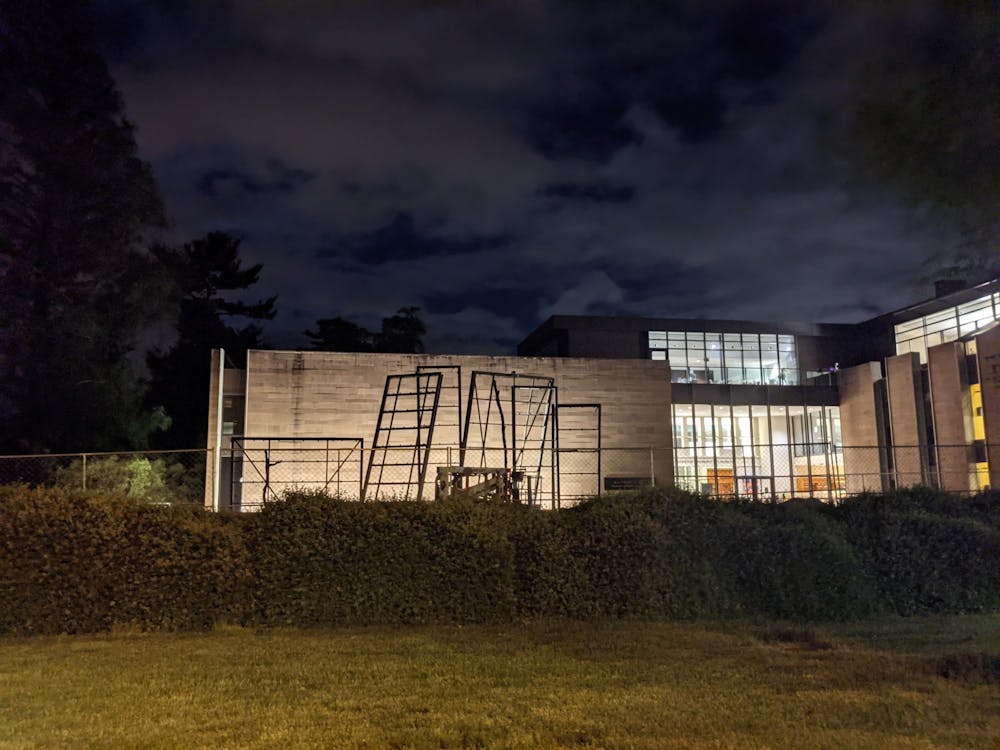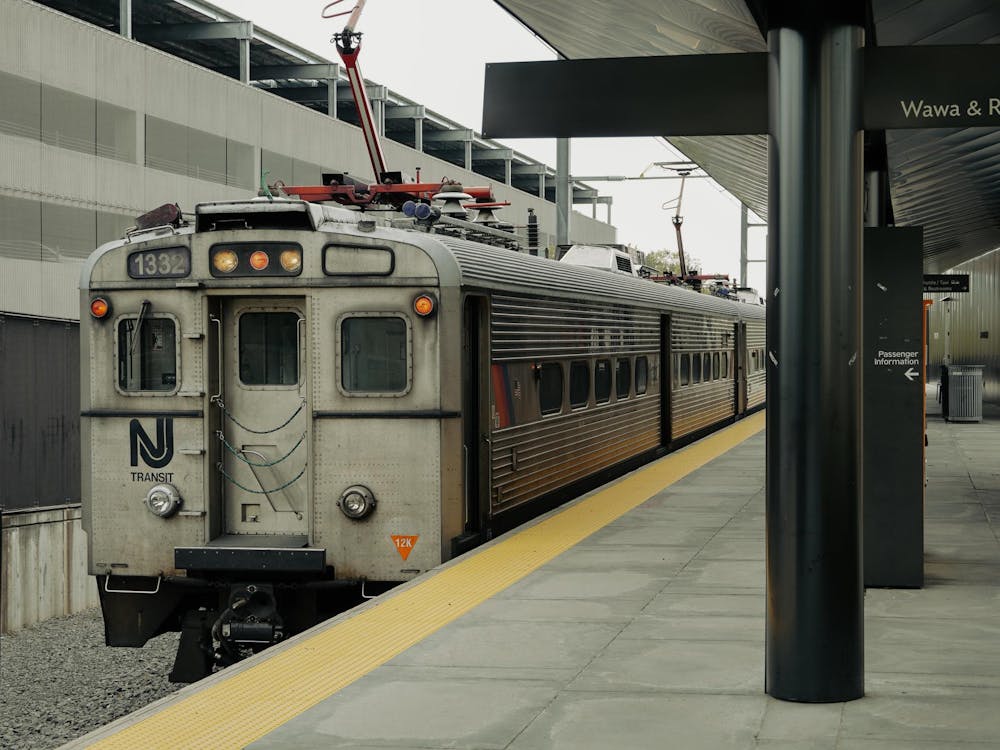Near the halls of Brown and East Pyne, at the heart of Princeton’s campus, lies the acclaimed Princeton University Art Museum (PUAM). However, what has previously been a hub for the arts and humanities scene on campus is currently a site of never-ending construction. The renovation of the art museum, which has prolonged its initial temporary closure, began in the summer of 2021 and is slated to finish in 2024. This, in conjunction with the shutdown of the museum during the COVID-19 pandemic, has affected the ways that many students, faculty, and members of the local community interact with the arts and humanities on campus.
Last year, the art museum abruptly closed its galleries as the world attempted to navigate a global health crisis. Consequently, many members of the Princeton community gravitated toward digital media as an outlet to continue engaging with art. Isabel Griffith-Gorgati ’21 served as the Chair of Student Outreach of the PUAM Student Advisory Board during this time and noted the important role technology played in keeping the art museum alive.
“We were able to preserve and host several online projects and events,” Griffith-Gorgati explained. From organizing a virtual Nassau Street Sampler featuring live and recorded offerings to arranging collaborative photography projects that celebrate the diverse perspectives of students by featuring their photography submissions on social media, the museum and its board members found multiple ways to bring the Princeton community together during unprecedented times.
Despite the transition to full in-person instruction this fall, the art museum continues to remain closed as it undergoes renovation under the vision of architect Sir David Adjaye. As a result, classes that usually integrated the art museum into their coursework have been forced to adapt major components of their course. Professor Brian Steininger, who teaches HUM 233: East Asian Humanities I: The Classical Foundations alongside professor Martin Kern, discussed the difficulty of modifying their course — which heavily emphasizes the material side of East Asian culture — with various COVID-19-related restrictions still in place.
“It’s a particularly unfortunate coincidence that the closure coincides with the pandemic since we might otherwise make use of resources in New York like the Metropolitan Museum,” Steininger said.
Regardless of these challenges, Steininger and Kern have managed to preserve some of the interactive aspects of their course in unconventional ways. Alongside taking an evening bus trip to the University’s Forrestal Center to look at Chinese calligraphy, they have also started utilizing other resources on campus, such as The Rare Books Reading Room at Firestone Library, to study illustrated manuscripts and other holdings.
The museum’s incorporation of technology through online exhibitions, art-making classes, and on-demand videos has allowed it to continue connecting with members of the community; however, the unique experience of interacting with art in a physical space has been difficult to replicate through a digital platform. Professor Chika Okeke-Agulu, who teaches AAS 245/ART 245: Introduction to 20th-Century African American Art, emphasized the integral role the PUAM played in the learning process of his course despite its relatively small African Art holding.
“Given that most classical African art is sculptural, it is tough pedagogically to not encounter them in person and to rely on digital images alone. No amount of high-definition imaging will prepare you for the awesome presence of the Princeton ‘Ikenga’ or the Met’s ‘Nkisi Nkondi,’” Okeke-Agulu explained.
Unfortunately, due to its prolonged closure, many students, especially from the Classes of 2024 and 2025, may never have the opportunity to utilize the art museum as a resource during their time at Princeton. Hiba Siddiki ’25 told the ‘Prince’ that she feels like she is “being deprived of such an important amenity at the University.”
Former PUAM Student Advisory Board member Anika Yardi ’21 said, “It’s deeply saddening to know that the art museum I knew will never exist again, but I’m even more sad for the current students that will go the majority of their campus life without access to one of Princeton’s finest institutions.”
For many, the art museum serves as a valuable space to preserve history and culture as well as invoke meaningful thought and conversation. In its absence, the community’s relationship with art and humanities on campus will continue to be impacted.
“I think it will absolutely change the way students interact with the arts and humanities as well — for so many classes, the art museum is a vital resource that cannot be replaced,” Yardi explained.

As the arts and humanities communities at the University continue to navigate the museum’s closure, the search for sustainable makeshift spaces for learning and engagement continues. Griffith-Gorati believes that there are several alternative gallery spaces off-campus, such as “the Bainbridge that will provide opportunities for students at Princeton to continue to engage in art and build community in person.” Additionally, she suggests that the closure provides an opportunity for students to “utilize other spaces on campus such as the Lewis Center and engage more in student-created art in the absence of our physical collections.”
Nonetheless, the reconstruction of the museum has sparked excitement and anticipation for the future of the arts and humanities at the University. Steininger hopes the new museum can “find ways to encourage Princeton students to think of the collection as a resource there for them to engage with and use, like books in the library.”
The renovated museum will exchange its current design for a more modernized one that includes various new amenities such as expanded galleries, outdoor terraces, a rooftop café, and spaces for lectures, performances, and events.
Okeke-Agulu noted, “Students will find attractive spaces to hang out in the new museum. The collection will have better spaces for its reinstallation, thus making student and visitor engagement and encounters with works of art more rewarding. Moreover, the scale and architectural magnificence of the David Adjaye-designed building will emphatically remind people that the University believes that art and the humanities matter.”
Olivia Kasule is a Contributing Writer for The Prospect at the 'Prince.' She can be reached at ok0209@princeton.edu.








